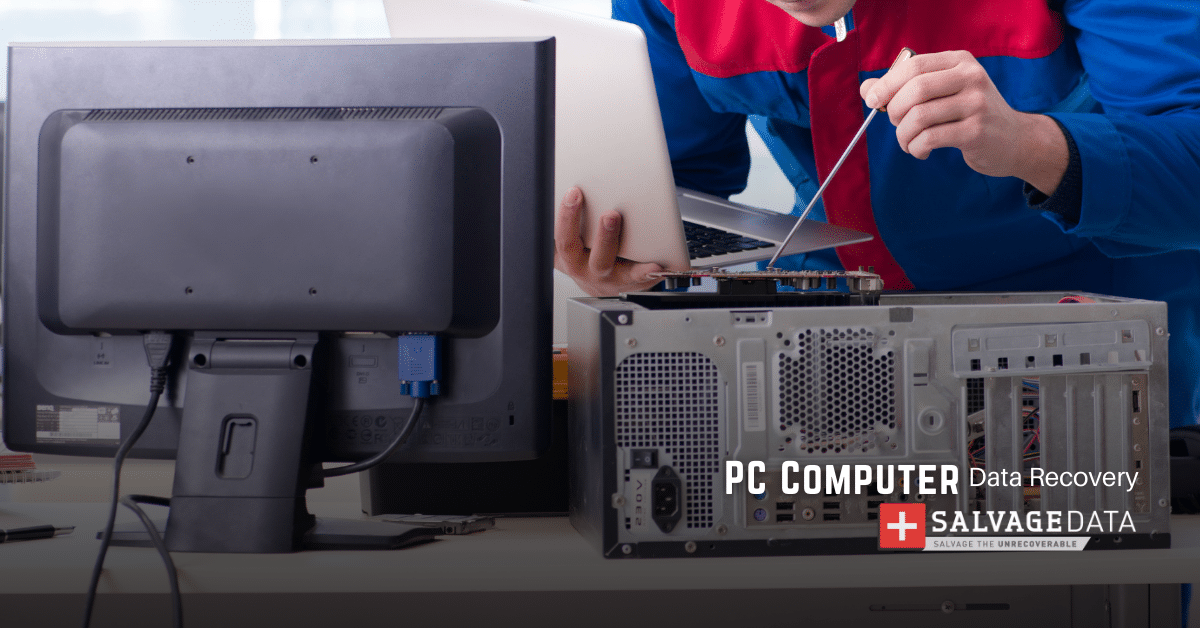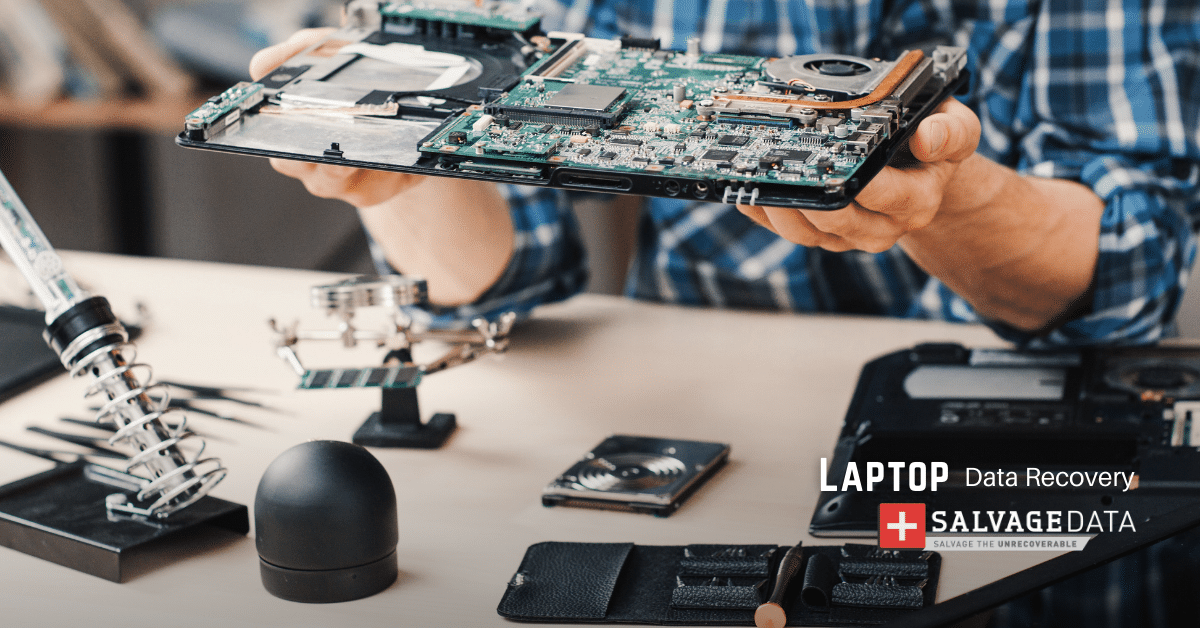Recent Articles
How To Recover Overwritten Files
The Snowflake Data Breach: A Comprehensive Overview
Mac Not Recognizing External Hard Drive: Quick Fix Solutions
How Multi-Cloud Backup Solutions Can Prevent Data Disasters
Capibara Ransomware: What is it & How to Remove
What Should a Company Do After a Data Breach: The Ticketmaster Incident
Secles Ransomware: Removal Guide
How to Create Hyper-V Backup
What Is The Best Data Recovery Software For PC

I think there's an issue with my storage device, but I'm not sure Start a free evaluation →
I need help getting my data back right now Call now (800) 972-3282
Like any electronic device, Chromebooks can sometimes encounter issues such as freezing or becoming unresponsive. Fortunately, there are several steps you can take to troubleshoot and unfreeze your Chromebook.
In this guide, we’ll outline what to do when your Chromebook freezes and offer simple solutions to get your device back up and running smoothly.
Why is your Chromebook freezing
The first step when encountering a frozen Chromebook is identifying the cause. Pay attention to any error messages or unusual behavior leading up to the freeze, as this can provide valuable clues for troubleshooting.
These are some common causes of Chromebook freezing:
Overloaded system resources
Running too many applications or browser tabs simultaneously can overwhelm your Chromebook’s system resources, leading to freezing.
You can monitor the system’s performance using the Task Manager to check for high CPU or memory usage during the freeze.
Outdated software
Running outdated Chrome OS or applications may introduce compatibility issues or bugs that can cause freezing. If freezes occur after recent updates or with specific applications, it may indicate compatibility issues between the software and your Chromebook settings or hardware.
Hardware issues
Faulty hardware components such as RAM, storage drive, or overheating issues can lead to Chromebook freezing.
Run diagnostic tests provided by Chrome OS to check hardware health. Pay attention to any unusual noises, overheating, or hardware-related error messages.
Corrupted files
Monitor system behavior for any recurring patterns or freezes associated with specific actions, corrupted system files, browser cache, or settings. Try resetting browser settings or clearing the cache to see if it resolves the issue.
External devices or peripherals
Connected external devices or peripherals such as USB drives, printers, or monitors may introduce compatibility issues or driver conflicts.
Disconnect external devices one by one to see if the freezing issue persists. Test the Chromebook’s performance with and without external devices connected.
Background processes
Background processes or services running on your Chromebook may consume system resources and lead to freezing. Use Task Manager to identify and monitor background processes.
How to unfreeze a Chromebook
Once you identify the potential causes of Chromebook freezing and monitoring system behavior, you can effectively troubleshoot the issue and implement appropriate solutions.
Follow these steps to unfreeze your Chromebook.
1. Unplug external devices
Disconnected external devices such as headphones, printers, USB drives, or other peripherals may sometimes cause a Chromebook to freeze.
2. Force close unresponsive apps
If a specific application is causing your Chromebook to freeze, you can force it to close using the Task Manager.
Press the Search and Esc buttons together to open Task Manager, then select the unresponsive app from the list, and choose “End process.” Check if the Chromebook resumes normal operation after closing the app.
3. Check for system updates
Outdated system software can sometimes lead to freezes or performance issues on a Chromebook.
Check for updates by navigating to Settings > About Chrome OS > Check for updates.
If an update is available, download and install it to ensure your Chromebook is running the latest software version.
4. Restart your Chromebook
Restarting your Chromebook can often resolve freezing issues by refreshing the system.
If your Chromebook is completely unresponsive, you can force a restart by pressing and holding the Power button or Refresh (circular arrow key) for at least 10 seconds.
Some Chromebooks might use a Reset key instead of Refresh. Try Power + Reset if the first method doesn’t work. You can find the specific key combination for your Chromebook model in the user manual or through a web search for your model.
If the Chromebook is completely frozen and won’t even turn off, hold down the Power button for at least 7 seconds. Then, try the force restart methods above.
5. Let the battery drain
In rare cases, you might need to let the Chromebook completely drain its battery and then recharge it before attempting a restart.
Unplug the device from the charger and let the battery drain completely, then reconnect the charger and power on the Chromebook after a few minutes.
6. Scan for viruses and malware
Viruses are less likely to completely freeze a Chromebook compared to Windows or Mac because of ChromeOS’s security features like sandboxing. However, there are ways malicious software (malware) can still impact your Chromebook’s performance and potentially lead to freezing.
However, if you’re still concerned about malware or want to rule it out completely, there are a couple of options:
- Built-in Security Features: ChromeOS has built-in security features that can help to protect you from malware. These features include automatic updates, sandboxing, and verified boot. You can find more information about these features in the Chromebook security settings.
- Third-party Antivirus Extensions: While not typically necessary, you can install some third-party antivirus extensions for Chrome. However, it’s important to choose a reputable extension and be aware that these extensions can slow down your Chromebook.
7. Perform a Factory Reset
If all other troubleshooting steps fail to resolve the freezing issue, performing a factory reset, also known as a Powerwash, may be necessary.
Before proceeding, ensure that you’ve backed up any important data, as this process will erase all files and settings on your Chromebook.
To perform a factory reset, go to Settings > Advanced > Reset settings > Powerwash, then follow the on-screen instructions to reset your Chromebook to its original state.
When to contact professional services
Encountering a frozen Chromebook can be frustrating, but by following these simple steps, you can effectively troubleshoot and resolve the issue.
If the problem persists, consider contacting technical support or seeking professional assistance to diagnose and repair any underlying hardware issues. With the right approach, you can quickly restore your Chromebook to full functionality and resume your tasks with ease.
And if you lose all of your data or find out it got corrupted, you can contact SalvageData recovery to safely retrieve your files.












